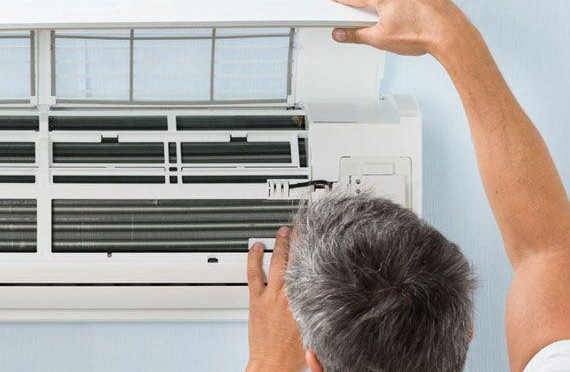Home Automation: Transforming the Home Space
- Written by NewsServices.com

The automatic and computerized control of household activities, features, and appliances is referred to as home automation. In simple terms, it means you can easily control the features and appliances in your house online to increase security, improve convenience, and reduce household expenses. Continue reading to know more about the features, benefits, and technology of home automation.
The Functionality of Home Automation
A network of hardware, communication, and electronic interfaces called home automation which connects commonplace devices to one another over the Internet. Whether you're at home or thousands of miles away, you can control each gadget from your smartphone or tablet because they all have sensors and Wi-Fi connectivity. No matter where you are, you may use this to turn on the lights, lock the front door, or even lower the heat.
A home automation system is composed of three major components: sensors, controllers, and actuators:
• Sensors can keep an eye on variations in temperature, sunshine, or motion detection. Based on your preferences, the settings 0f home automation systems can be changed.
• Controllers are the computers, tablets, or smartphones that are used to transmit and receive messages regarding the state of automated systems in your house.
• Actuators are devices that govern a home automation system's real operation, such as light switches, motors, or motorized valves. They are set up to be activated by a controller's remote instruction.
Different Features of Home Automation System
Home automation systems provide a range of services and capabilities. The following are some of the most typical features offered by these platforms:
-
Appliance control
-
Alarm systems
-
Live video surveillance
-
Thermostat control
-
Voice-activated control
-
Keyless entry
-
Remote lighting control
-
Real-time text and email alerts
-
Fire and carbon monoxide monitoring
-
Digital personal assistant integration
-
Home automation security systems and cameras
Different Types of Home Automation Systems
The implementation of home automation depends on the wired or wireless nature of the controls. Home automation systems typically come in three types:
Power Line Home Automation System: This automation is low-cost and leverages existing power lines instead of extra wires to transport data instead of additional cables. However, this system is extremely complicated and calls for extra converter devices and circuits.
Wired Home Automation System: All the home's appliances are interconnected with the main controller (a programmable logic controller) in this sort of automation via a communication wire. Actuators are affixed to the equipment to allow communication with the main controller. The computer, which is constantly in contact with the primary controller, centralizes all processes.
Wireless Home Automation: This is the development and expansion of wired automation, which enables remote control using wireless technologies like IR, Zigbee, Wi-Fi, GSM, Bluetooth, etc. As an illustration, GSM-based home automation enables the GSM modem to receive an SMS to operate home appliances.
Benefits of Using Home Automation
Remote Access: Control your house via a laptop, tablet, or smartphone if you have a mobile device.
Convenience: You can set up devices to switch on automatically at specific times or to provide remote access from any location with an Internet connection. This gives you the luxury to focus on other important things.
Increased Safety: Your home may be protected from disaster with the help of smart fire detectors, carbon monoxide monitors, pressure sensors, and other home automation security features.
Energy Efficiency: The use of home automation enables you to be more energy conscious.
Home Automation: Your Quick Buying Guide
Home automation has several advantages that make your life easy and convenient. It is therefore important that you do your research carefully to find suppliers that offer such service.
While choosing your supplier, look at their experience and the quality of their products. Communicate your requirement by using their email id and phone number. With a top-notch home automation supplier, you can also get free installation services with impressive discounts.



